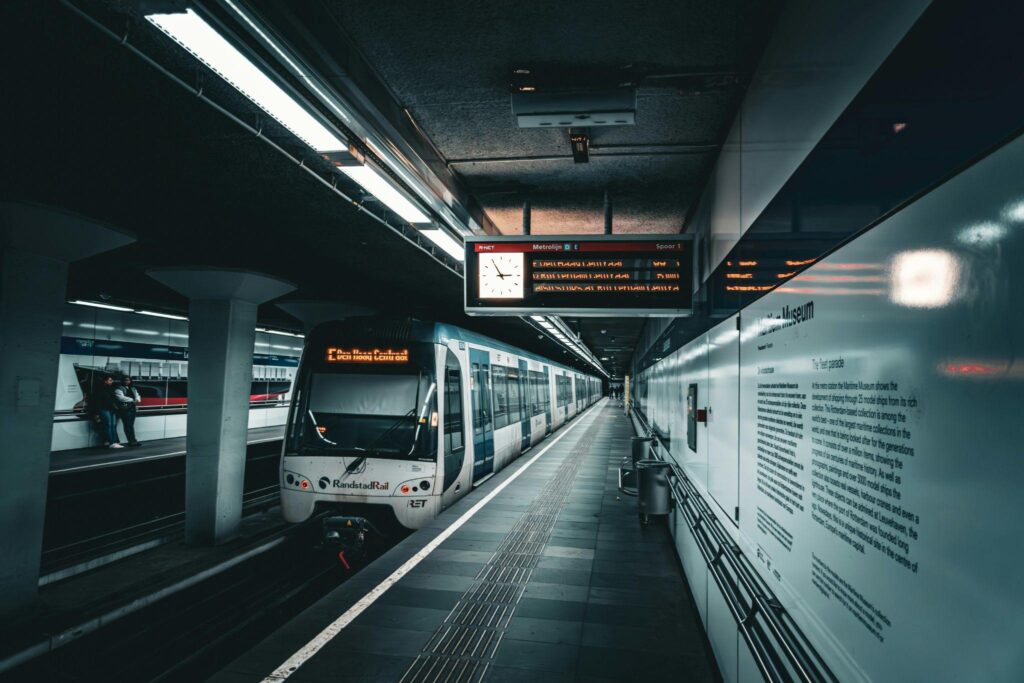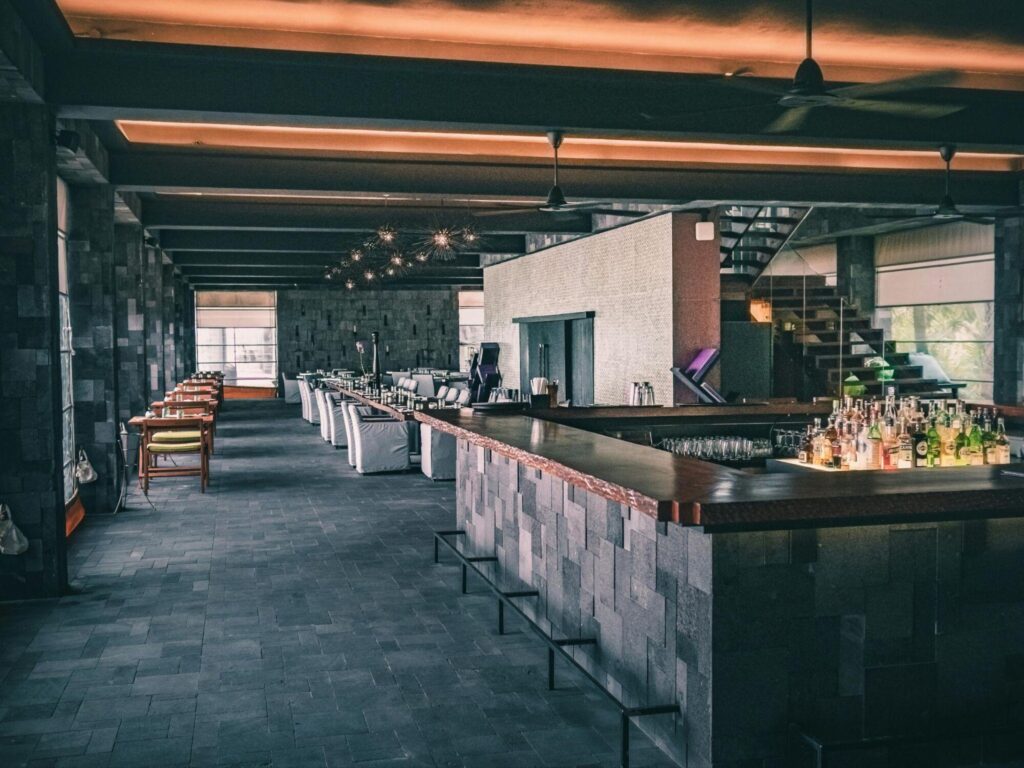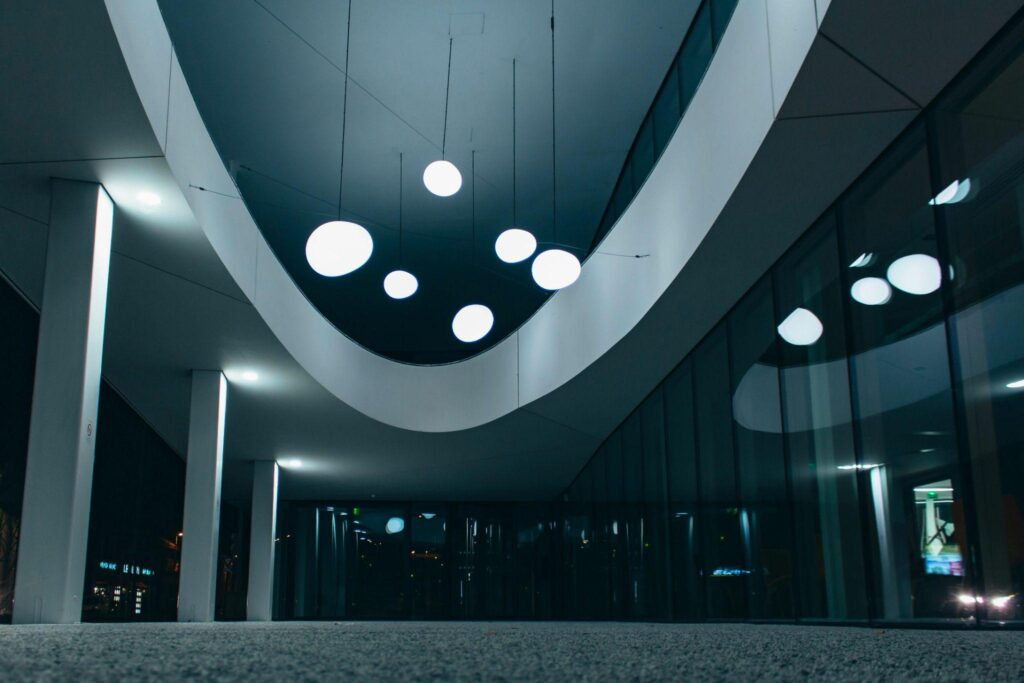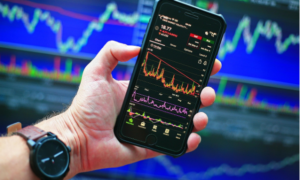Lighting isn’t just about visibility anymore. In today’s commercial environments, LED lighting has evolved from a simple energy upgrade into a powerful design and operational tool. It’s shaping the customer journey, influencing mood, and even affecting business outcomes—whether you’re running a boutique, a warehouse, or a wellness center.
What’s driving this transformation? Customization. When lighting systems are purpose-built to reflect a brand’s identity, enhance functionality, and meet energy goals, they do more than illuminate a space—they elevate it.
What Are Custom LED Lighting Solutions?
Custom LED lighting refers to lighting systems that are tailored in terms of physical design, light characteristics, control options, and system integration to meet the unique demands of a commercial space. Unlike generic, off-the-shelf solutions, custom LED setups are engineered to work with your environment, not just in it. For businesses seeking more control and precision, professional LED lighting services can deliver solutions that go beyond standard fixtures.
Off-the-shelf LED lights offer standard performance and fixed parameters. They’re affordable and easy to install, but often fall short when trying to create a cohesive brand experience or adapt to specialized use cases. Custom solutions, on the other hand, allow businesses to dial in the right light temperature, visual tone, and energy efficiency, while integrating seamlessly into architectural or digital systems.
Key customization features include:
- Color temperature
- CRI (Color Rendering Index)
- Fixture shapes and sizes
- Beam angles
- Smart controls (motion, dimming, daylight harvesting)
- Integration with architectural elements
These elements can be mixed and matched to create lighting that’s not only functional but strategically aligned with business goals.
How Do Custom LED Lighting Solutions Work?
A custom LED lighting system is a symphony of technologies working together to deliver precisely tuned performance. It’s not just about putting bulbs in sockets—it’s about engineering a full-spectrum lighting experience optimized for space, activity, and control.
At the core are high-efficiency LED chips, selected for specific performance profiles like lumen output or color consistency. These chips are paired with specialized drivers, dimming modules, and optical lenses to shape and control light output. Smart sensors enable dynamic adjustments, while enclosures ensure durability and design cohesion.
Main components of a custom LED setup include:
- LED chips
- Drivers
- Dimming modules
- Optical lenses
- Enclosures and housings
- Smart sensors
- Connectivity (Bluetooth, Zigbee, Wi-Fi, DALI)
These systems often communicate with building management software, allowing operators to monitor energy use, automate lighting schedules, or respond to occupancy and daylight in real-time. The result? Lighting that adapts intuitively to your space and your business.
What Are the Main Benefits of Custom LED Lighting in Commercial Spaces?
Custom LED lighting goes beyond aesthetics—it delivers tangible operational and experiential value. Whether you’re trying to reduce energy costs or enhance your customer experience, the right system can make a measurable difference.
Key benefits include:
- Energy efficiency and reduced electricity bills
- Longer lifespan with lower maintenance
- Enhanced visual comfort and reduced eye strain
- Tailored ambiance for branding and customer experience
- Compliance with local energy codes and green certifications
- Greater control and flexibility with automation
- Better productivity and mood for employees
- Improved merchandising or product display visibility
From a brand’s color identity to a shopper’s comfort level, lighting affects more than you think. And when it’s custom-built, it works smarter, lasts longer, and pays for itself faster.
Where Are Custom LED Lighting Solutions Most Commonly Used?
Tailored lighting isn’t just for high-end showrooms. It’s now a go-to choice across industries seeking both form and function. Let’s look at where it makes the biggest impact:
- Retail stores – Accent lighting, shelf lighting, brand ambiance
- Restaurants & hospitality – Mood lighting, zone control, statement pieces
- Offices – Task lighting, circadian rhythm control
- Warehouses & industrial spaces – High bay fixtures, occupancy sensors
- Healthcare facilities – Cleanroom lighting, low-glare solutions
- Educational institutions – Classroom zoning, smart daylight adaptation
- Museums & galleries – UV-free precision lighting for artwork
- Event venues – Dynamic color-tunable and DMX-controlled fixtures
Each of these sectors requires a different lighting “language.” Custom LEDs allow you to speak fluently in all of them.
How Does Custom LED Lighting Impact Customer Behavior and Experience?
Lighting influences people more deeply than most realize. It sets expectations, alters perception, and even drives decisions. When customized, it becomes a silent brand ambassador that speaks through tone, rhythm, and color.
Here’s how custom lighting affects behavior:
- Increased time spent in-store
- Improved perception of brand quality
- Highlighting focal products or call-to-actions
- Creating calm or excitement depending on design
Smart lighting design doesn’t just help people see—it helps them feel. And in business, that emotional response is often what makes the sale.
What Design Factors Should You Consider When Planning Custom LED Lighting?
Designing the right lighting system means balancing performance, atmosphere, and compliance. If you miss the mark in any of these areas, the space may look fine—but fail functionally.
Here are critical design factors to consider:
- Lighting layout and zoning
- Ceiling height and space geometry
- Desired mood or aesthetic
- Fixture compatibility with architecture
- Required lumens per square foot
- Glare mitigation and light uniformity
- Energy code compliance (e.g., Title 24, ASHRAE 90.1)
These choices aren’t just technical—they define how people experience your space daily.
How to Implement Custom LED Lighting in a Commercial Space?
What Are the Key Steps in the Custom Lighting Design Process?
Every successful lighting upgrade starts with a strategy. From planning to fine-tuning, each step matters.
- Site survey and needs assessment
- Photometric lighting simulation and analysis
- Fixture selection and customization
- Smart control system design
- Installation and integration
- Commissioning and programming
- Post-installation tuning and maintenance
Missing even one phase can compromise both performance and ROI.
Who Should Be Involved in the Lighting Design and Installation Process?
Collaboration ensures quality. These are the key players:
- Lighting designer
- Electrical engineer
- Project architect
- Facility manager
- Lighting manufacturer or supplier
- Controls programmer
Each role bridges the gap between vision, code, and execution.
What Are the Most Popular Types of Custom LED Fixtures?
Different applications demand different fixture types. Here’s a breakdown of the most common, with when and why to use them.
Linear LED Fixtures
Pros: Versatile, sleek for task lighting
Cons: Not ideal for large open areas
Best for: Offices, retail shelving
Recessed Troffers and Downlights
Pros: Clean look, great for ceilings
Cons: Limited beam angle
Best for: Commercial offices, schools
Track and Accent Lighting
Pros: Directional and flexible
Cons: Visible hardware
Best for: Retail, galleries, restaurants
High Bay and Low Bay Lights
Pros: Powerful output for tall spaces
Cons: Less aesthetic appeal
Best for: Warehouses, gymnasiums
Cove and Indirect Lighting
Pros: Soft, ambient glow
Cons: Needs architectural planning
Best for: Hotels, theaters
Architectural Wall Washers
Pros: Adds texture and drama
Cons: Can be overpowering
Best for: Museums, lobby features
Pendant Fixtures
Pros: Decorative, functional
Cons: Requires ceiling space
Best for: Hospitality, showrooms
Custom LED Panels and Light Boxes
Pros: Uniform light, design flexibility
Cons: Higher cost
Best for: Retail branding, signage
What Technologies Power Custom LED Solutions?
Modern LED systems are as much digital as they are electrical. These technologies drive performance and adaptability:
- Tunable white and RGBW LEDs
- IoT-enabled smart lighting (sensors, occupancy, daylight)
- DALI, DMX, 0–10V control systems
- Li-Fi and visible light communication
- Energy monitoring software
- Integrations with BMS and smart HVAC
These tools turn light into a managed asset—not just a utility.
How Much Do Custom LED Lighting Systems Cost?
What Affects the Cost of a Custom LED Project?
Several factors influence pricing:
- Project size and complexity
- Custom vs. standard fixtures
- Controls and automation layers
- Certification and compliance needs
- Labor and installation conditions
What Are the ROI and Energy Savings of Custom LED Installations?
Custom systems may come with higher upfront costs, but the returns can be substantial—and fast.
Key savings metrics include:
- Energy reduction percentage
- Maintenance savings
- Productivity improvements
- Utility rebates and tax incentives
Most systems see payback within 2–4 years, with gains continuing far beyond.
What Are Common Mistakes to Avoid When Choosing Custom LED Lighting?
Avoid these common pitfalls that can derail your investment:
- Choosing aesthetics over functionality
- Ignoring color temperature and CRI requirements
- Overlighting or underlighting key areas
- Not planning for controls or future scalability
- Skipping photometric analysis
- Hiring unqualified installers
Good lighting starts with good planning—and better execution.
What Are the Sustainability Benefits of Custom LED Solutions?
Beyond saving money, custom LEDs help reduce your environmental footprint:
- Reduced energy usage
- Mercury-free and RoHS compliant
- Long lifespan and recyclability
- LEED and WELL certification contributions
- Adaptive lighting for daylight harvesting
Lighting design can be both beautiful and responsible.
Are There Compliance or Code Requirements to Follow?
Yes—codes vary by location, but ignoring them can result in rework or fines.
Key considerations include:
- Building and fire codes
- Energy efficiency ratings
- Flicker and glare compliance
- Control integration mandates
Familiarize yourself with UL, CE, DLC, and regional standards like Title 24.
How to Maintain and Upgrade Custom LED Lighting Systems?
What Does Routine Maintenance Look Like?
Keep your system efficient and long-lasting with basic upkeep:
- Dusting and lens cleaning
- Firmware updates for smart controllers
- Monitoring energy usage data
- Driver replacements if needed
When and How to Retrofit or Upgrade?
Consider an upgrade when:
- Controls are outdated
- System is incompatible with new building tech
- Space use has changed
- Emerging features can improve ROI
What Are the Alternatives to LED Lighting in Commercial Spaces?
While LEDs dominate today’s market, alternatives still exist:
- Fluorescent – Less efficient, higher maintenance
- Halogen – High heat output, poor efficiency
- HID – High output but not customizable
- OLED – Innovative, costly, and low output
- Induction – Rare, long-life but bulky
Most fall short in flexibility, lifespan, or energy performance.
Conclusion
Custom LED lighting isn’t just an upgrade—it’s a transformation. From the layout of your store to the productivity of your team, light touches everything. By aligning lighting with your brand, workflow, and sustainability goals, you unlock a strategic advantage that pays off in comfort, savings, and long-term value.
In the end, smart lighting isn’t about following trends—it’s about setting them. Plan early, customize wisely, and let your space shine on its own terms.




































